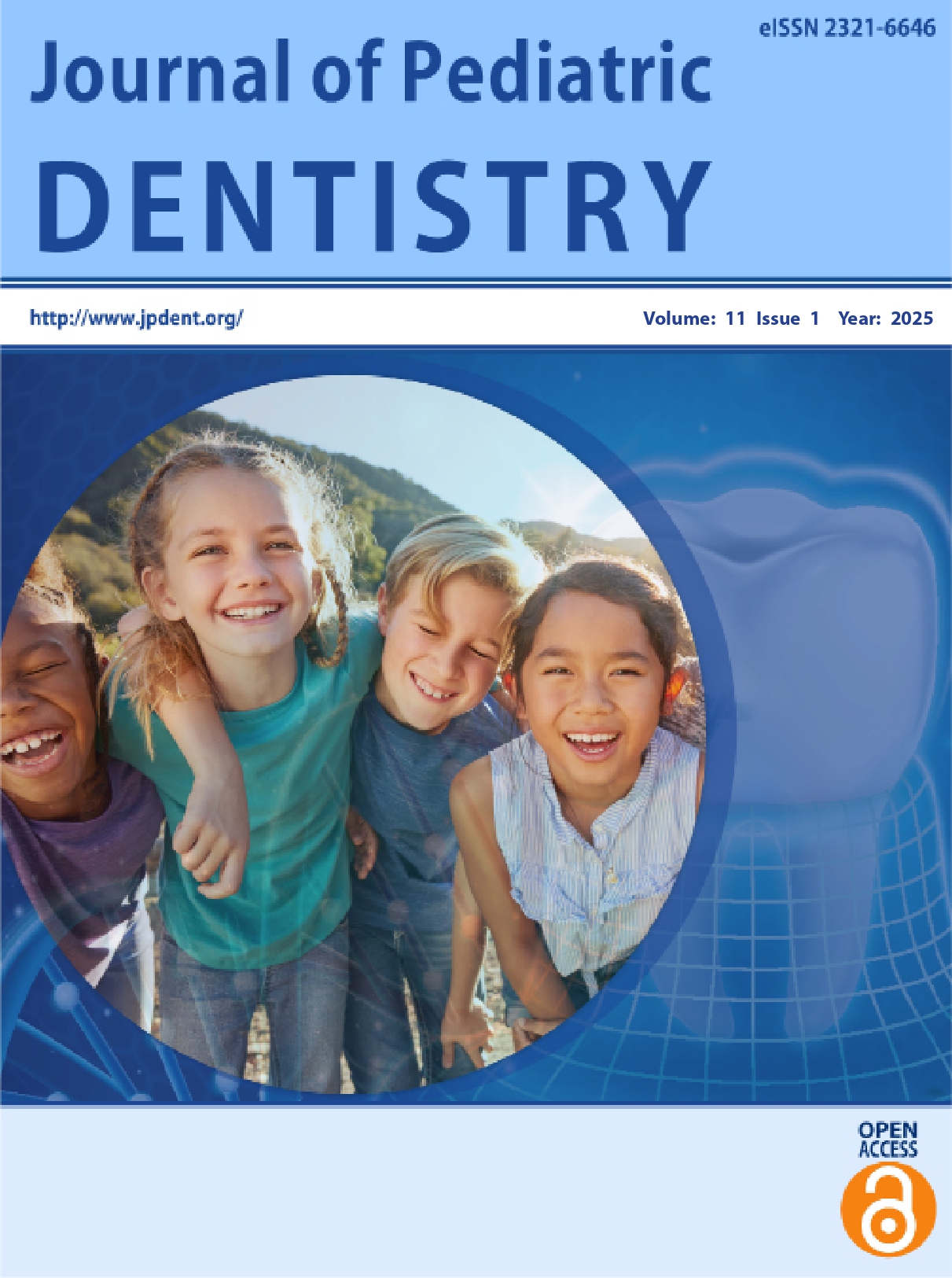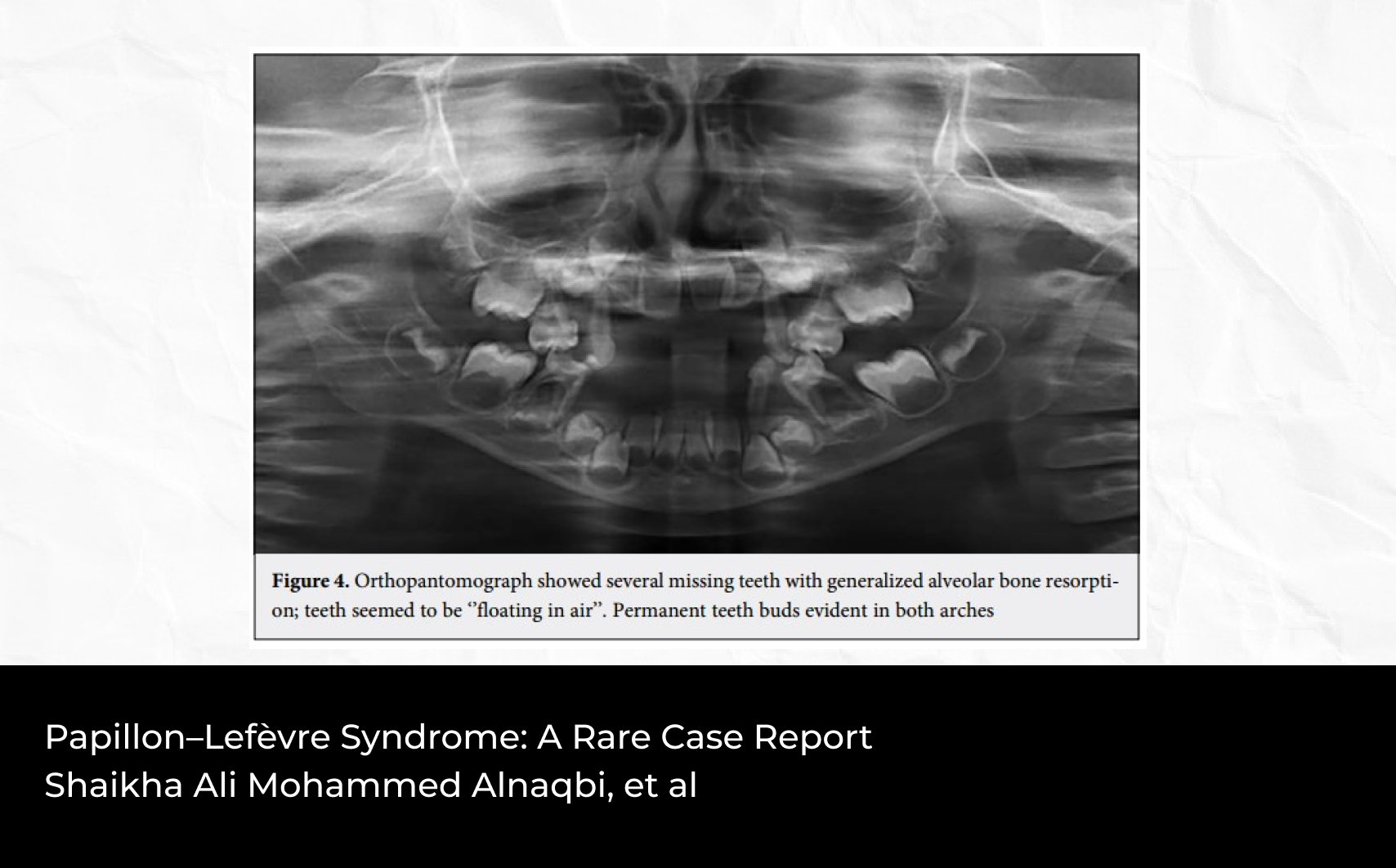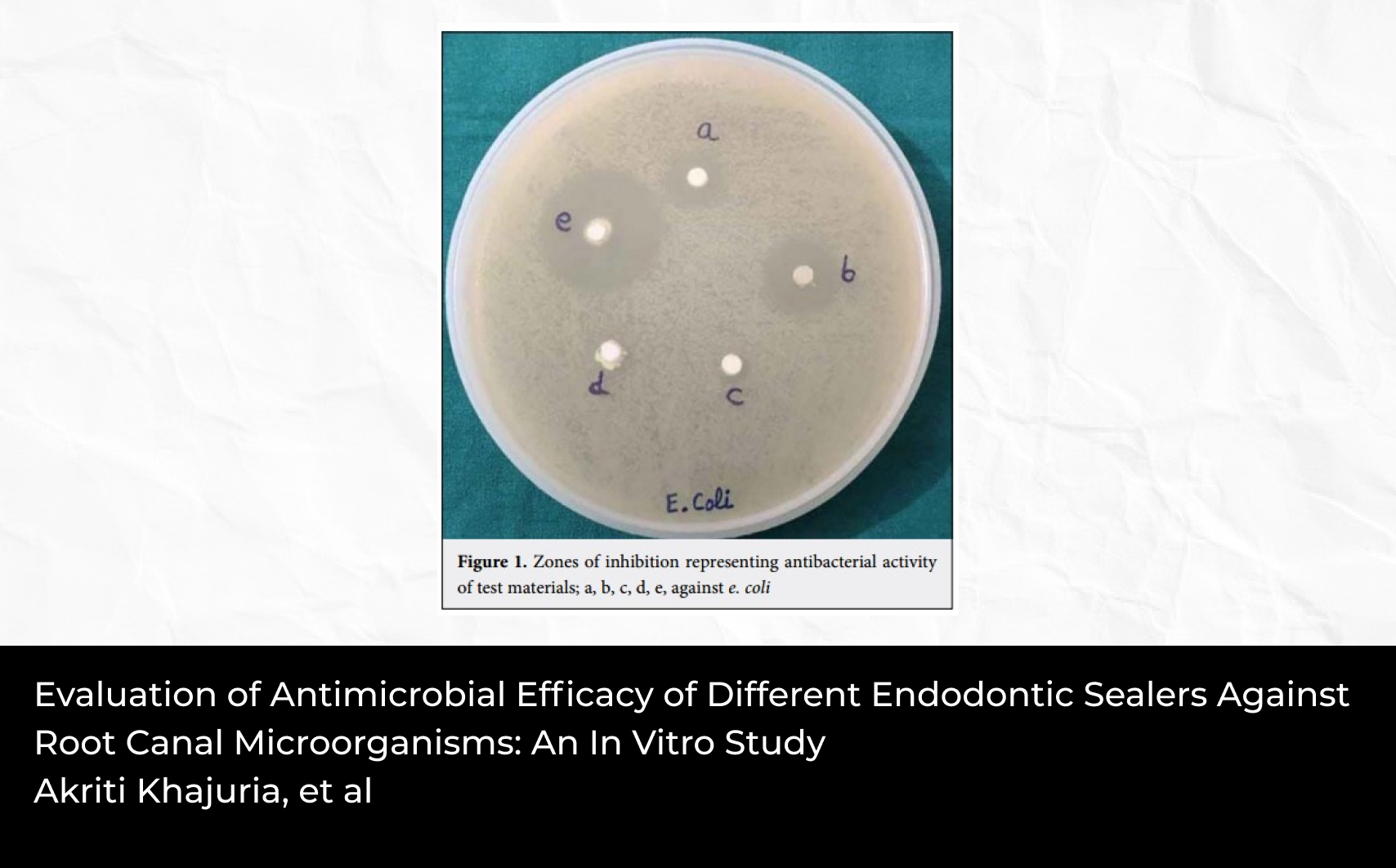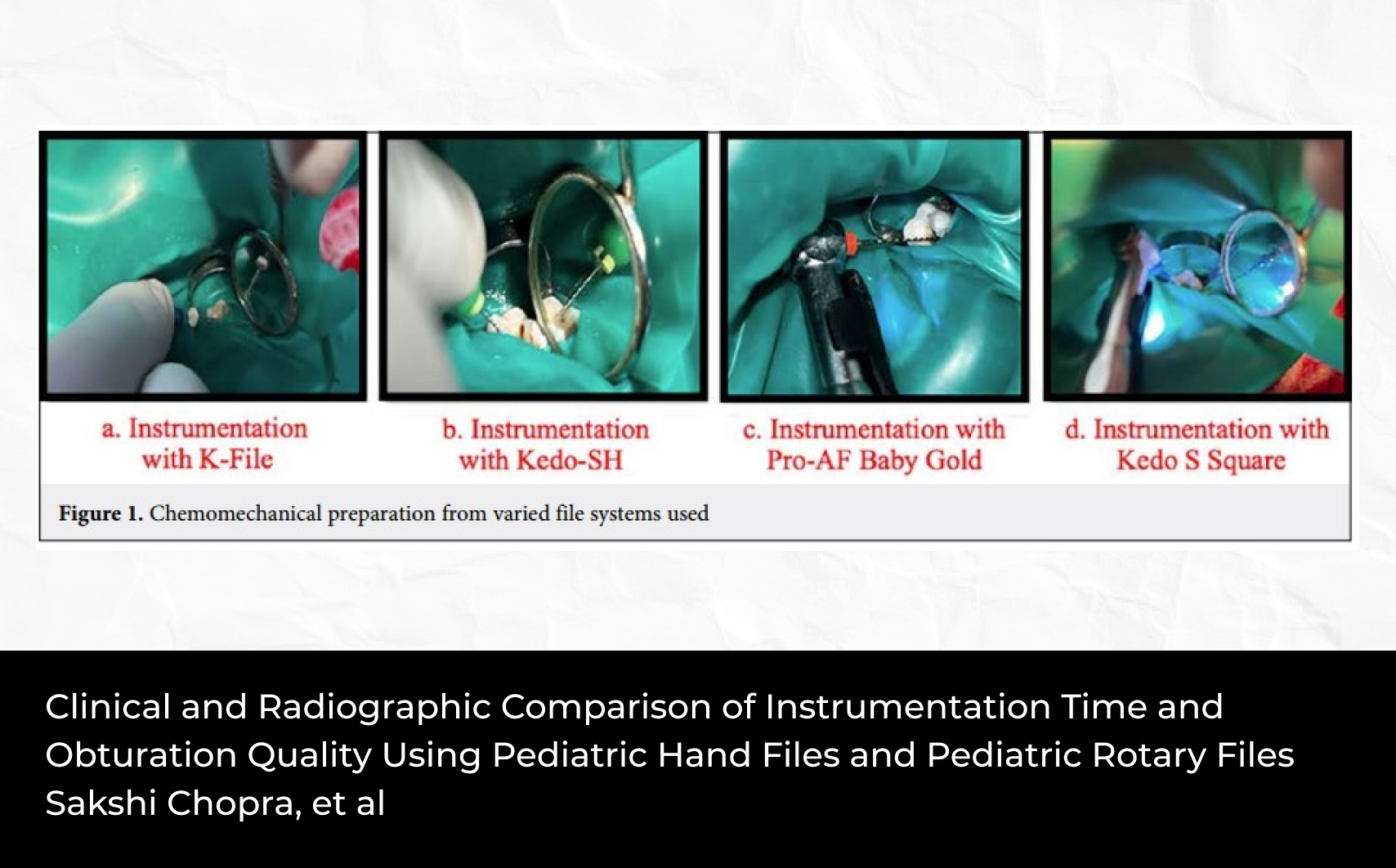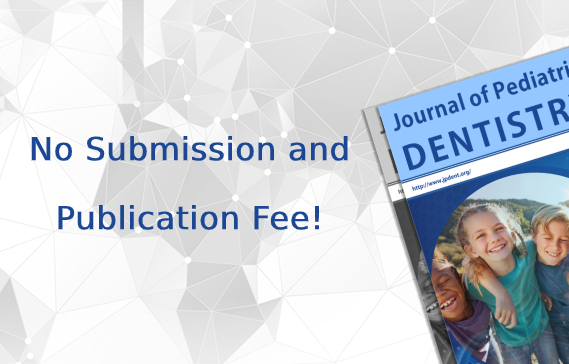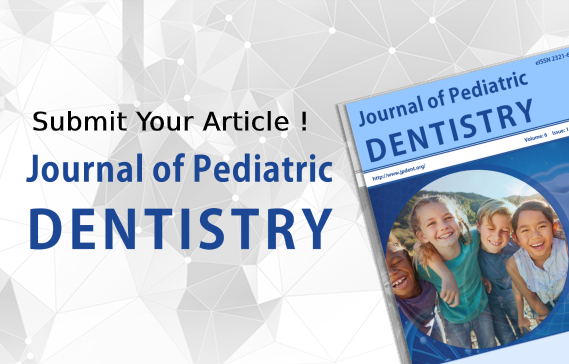2Department of Community and Preventive Dentistry, Foundation University College of Dentistry, Islamabad, Pakistan
3Department of Oral Biology, Foundation University College of Dentistry, Islamabad, Pakistan
4Department of Pediatric Dentistry, Foundation University College of Dentistry, Islamabad, Pakistan
5Department of Oral Medicine, Foundation University College of Dentistry, Islamabad, Pakistan
6Department of Orthodontics, Foundation University College of Dentistry, Islamabad, Pakistan
Abstract
Objective: Oral health status of children hailing from rural, peri-rural, and urban areas of Rawalpindi District was recorded, in relation to the prevalence of dental caries and its associated dentition status, for the purpose of generating epidemiologic data.
Materials and Methods: In this study, 1025 children from six private and public schools in rural, peri-rural, and urban areas of Rawalpindi District were recruited using clustered sampling technique and were orally examined for the identification of filled and/or decayed teeth as well as for teeth missing due to caries, as part of Foundation University Islamabad’s outreach and community service campaign. Four calibrated examiners evaluated the prevalence of dental caries among schoolchildren and the decayed, missing, and filled teeth (DMFT)/decayed and filled teeth (dft) index was used to score teeth of children aged 12 and 6 years.
Results: Of the 6-year-old children, 66.1% had caries, predominantly untreated, and of the 12-year-old children, 71.3% reported a carious lesion with predominantly filled teeth. A mean DMFT of 0.65±1.28 SD and a dft of 9.85±5.44 SD were observed. No significant difference between caries experience between the two genders was observed in urban or peri-rural areas. In rural areas of the district, the prevalence of caries was moderately higher in 6- and 12-year-old boys than in girls.
Conclusion: The high values of dft may be attributed to high levels of disease and the presence of unaddressed oral health concerns in rural, peri-rural, and urban areas of the Rawalpindi District. This high prevalence of decayed, untreated teeth in primary dentition suggests widespread dental issues that need to be addressed to alleviate the burden of dental caries when these children enter adulthood. A strong need for caries management strategies among rural/peri-rural school-going children, in particular, is required.

